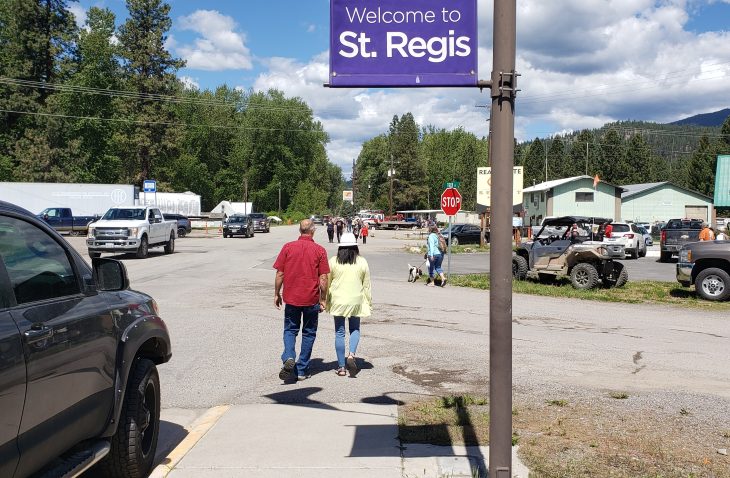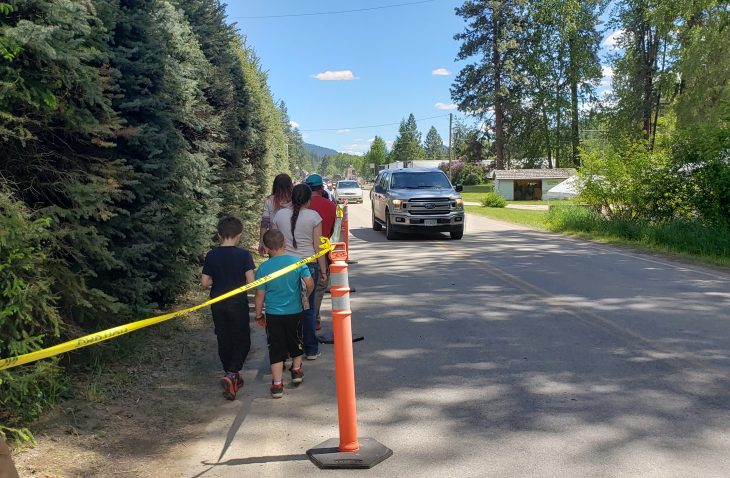Walkability Master Plan
Residents of St. Regis, MT, have limited pedestrian-friendly access routes when walking or bicycling through the community, with students walking to school on the shoulders of streets and highways and along pathways on private property. Identified as a key public safety concern, the need to construct better pedestrian facilities is a top priority for the community.
St. Regis’s location near the northern Rocky Mountain Range and the Glacier/Waterton National Park makes it a prime spot for travelers and outdoor recreation enthusiasts. But a shift in the town’s economy from mining and lumber to tourism created a financial challenge and a long backlog of infrastructure updates lacking funding – an issue that is exacerbated during annual community events, such as their Memorial Day celebration, that draw in the masses.
To address these issues, the community brought in IMEG engineers and planners to secure grant funding to create a walkability master plan identifying and prioritizing the development of pedestrian and bicycle trails to prepare the community for future growth. IMEG worked closely with the St. Regis Resort Area District, St. Regis Community Council, Mineral County Commissioners, and Mineral County Public Works to successfully administer the Community Development Block Grant (CDBG) project.
IMEG gathered community and stakeholder concerns and ideas during a series of public hearings and workshops to develop the walkability master plan. These meetings also included two public open-design studio meetings with the goal of listening and better understanding the community’s vision and priorities for pedestrian facilities and connectivity.
IMEG incorporated this feedback into the final walkability master plan, which prioritized pedestrian connectivity through sidewalks and trails between schools, neighborhoods, parks, and access to the popular Route of the Olympian trailhead. The plan will connect existing facilities within the St. Regis community to aid in providing safe transitions to and from existing routes and to leverage existing routes to complete these connections as efficiently as possible, resulting in cost-savings for the community.
While the plan is intended to act as an evolving guideline for future development in St. Regis, it includes three phases based on the community’s needs and priorities:
- Phase 1 addresses trails and sidewalks with an immediate need for connectivity and public safety
- Phase 2 addresses paths that are used most by visitors and during annual community events
- Phase 3 includes proposed trails and sidewalks that would supplement existing pedestrian paths by providing additional routes as the community continues to grow
The development of the St. Regis walkability master plan is a first step in developing the trail and sidewalk network to serve the needs of the community. This enhanced connectivity will provide practical routes for community members and visitors to safely walk and bike throughout the town. Many of these practical pathways and trails will also provide additional recreational opportunities while creating a spirit of stewardship for St. Regis and the surrounding environment.









